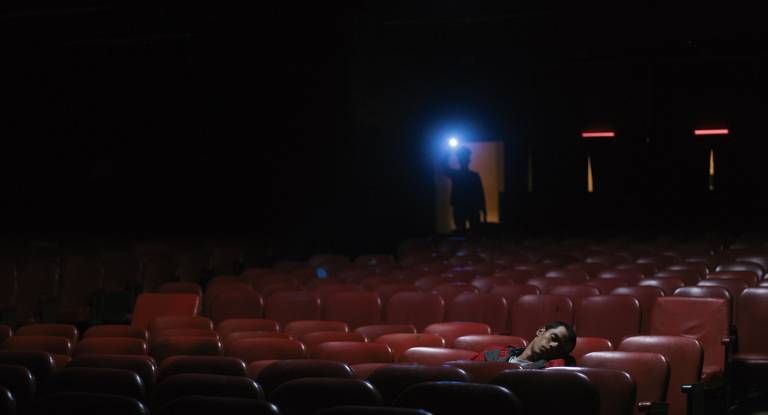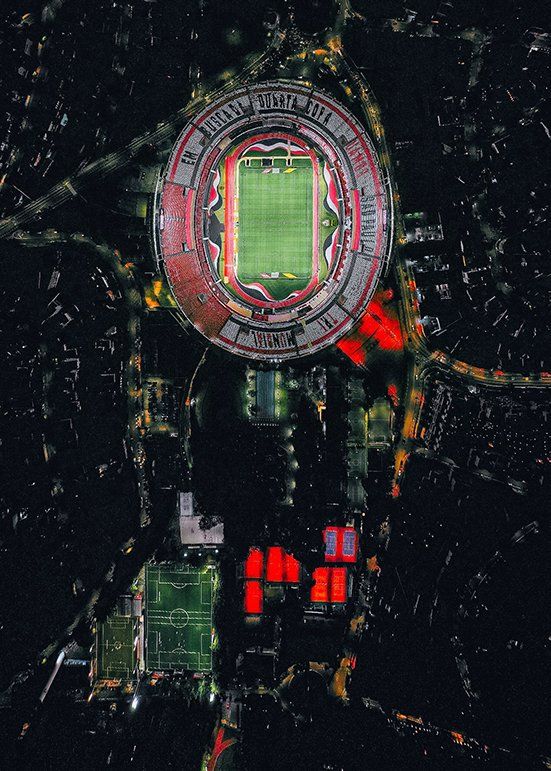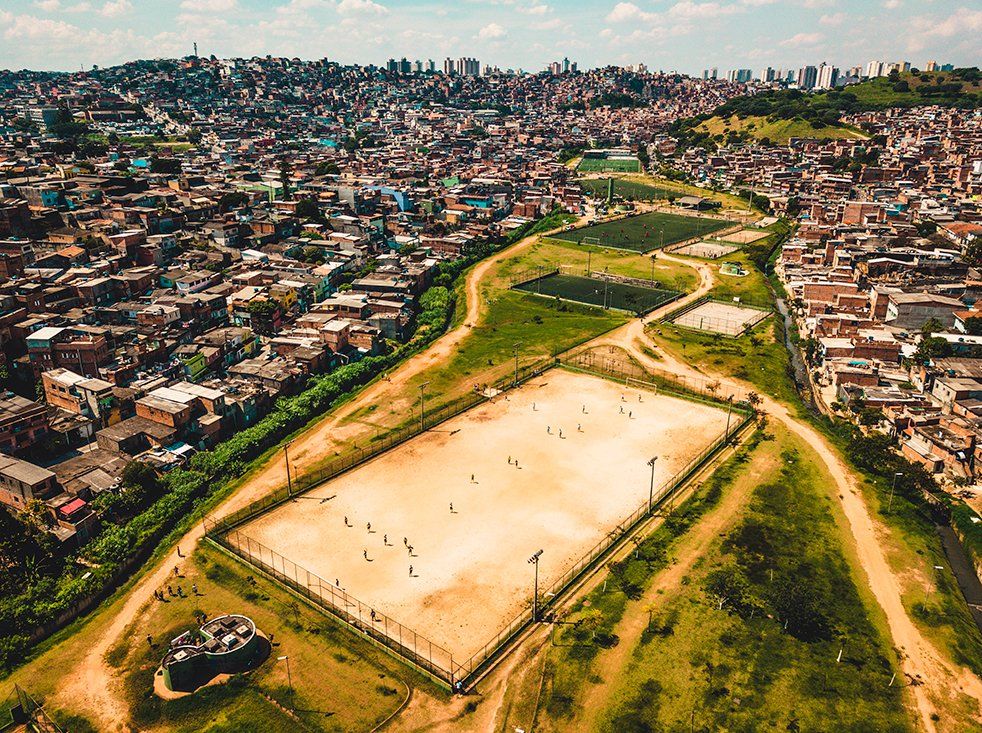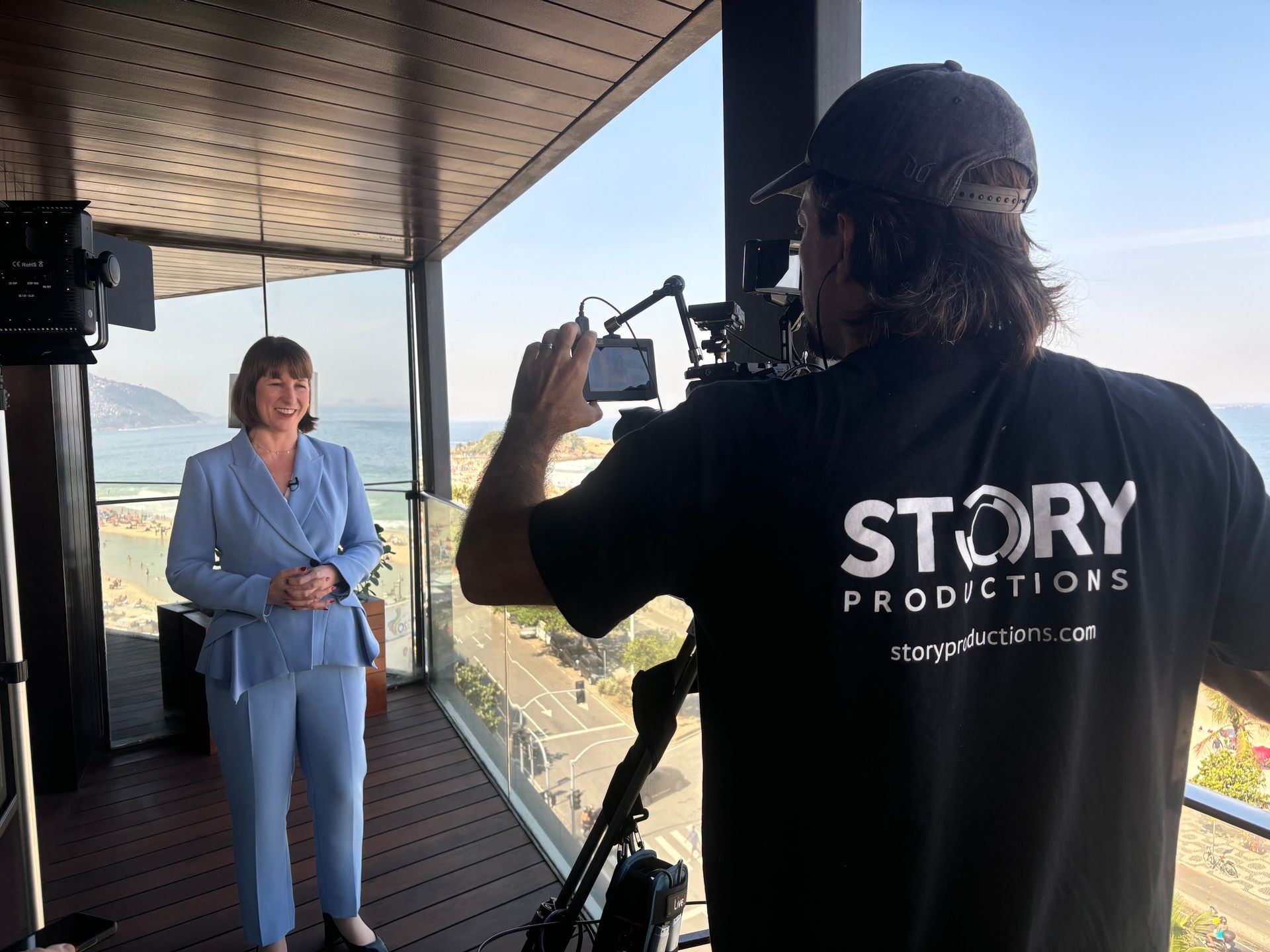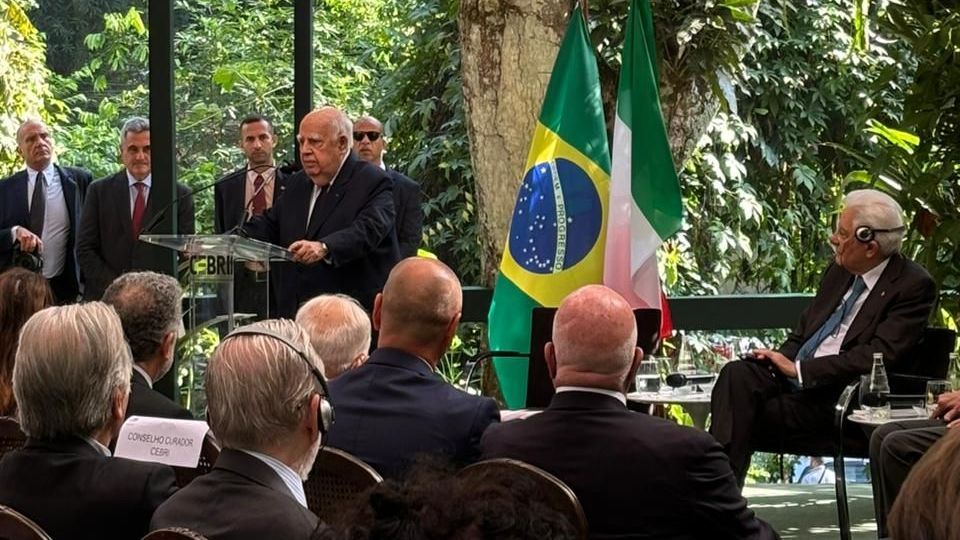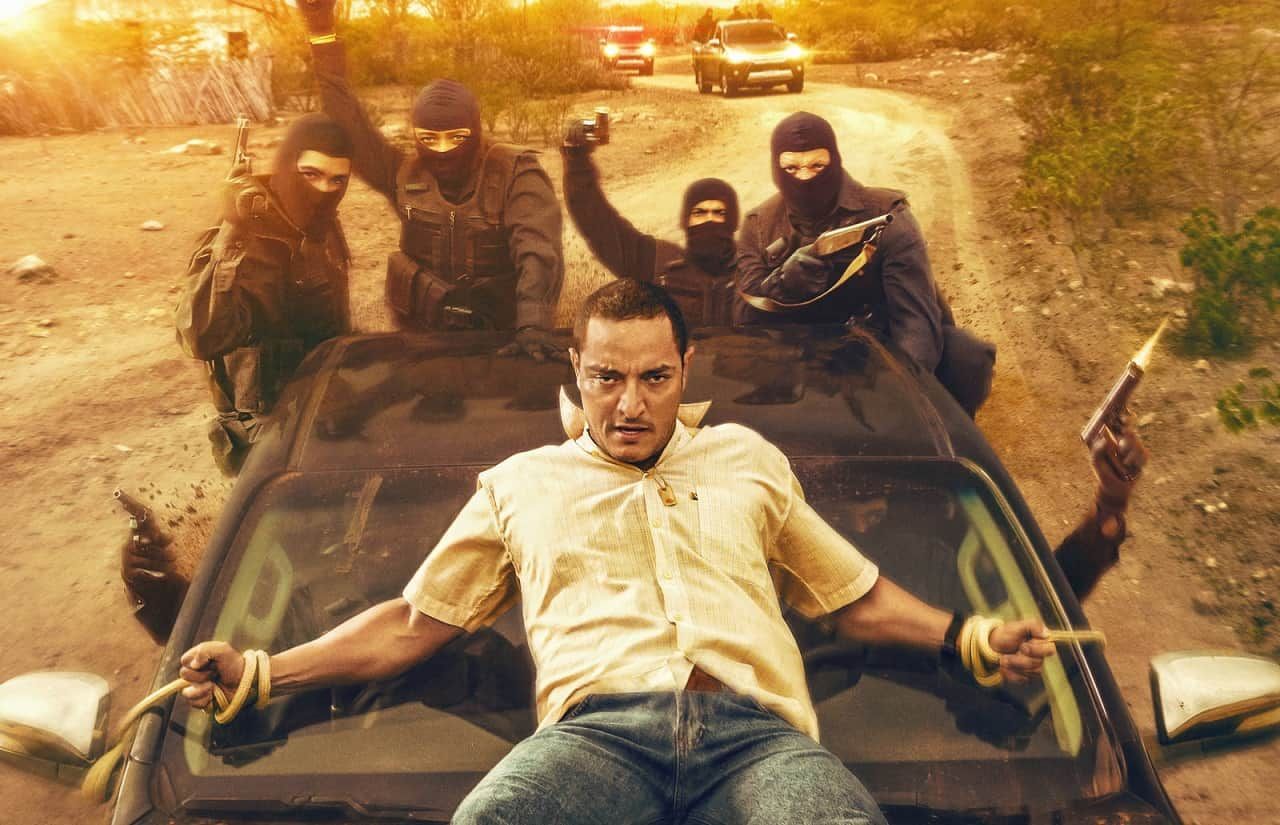São Paulo: a football capital of the world
Brazil’s biggest city not only has a wealth of football stadia, but its history with the game goes all the way back to the nineteenth century. Football arrived in Brazil through São Paulo, and the city’s culture developed the sport hand in hand for well over a century. With the FIFA World Cup just around the corner, we take a closer look at the city’s football history and culture, and at the diverse range of stadia that make the city the go-to-place for football-related
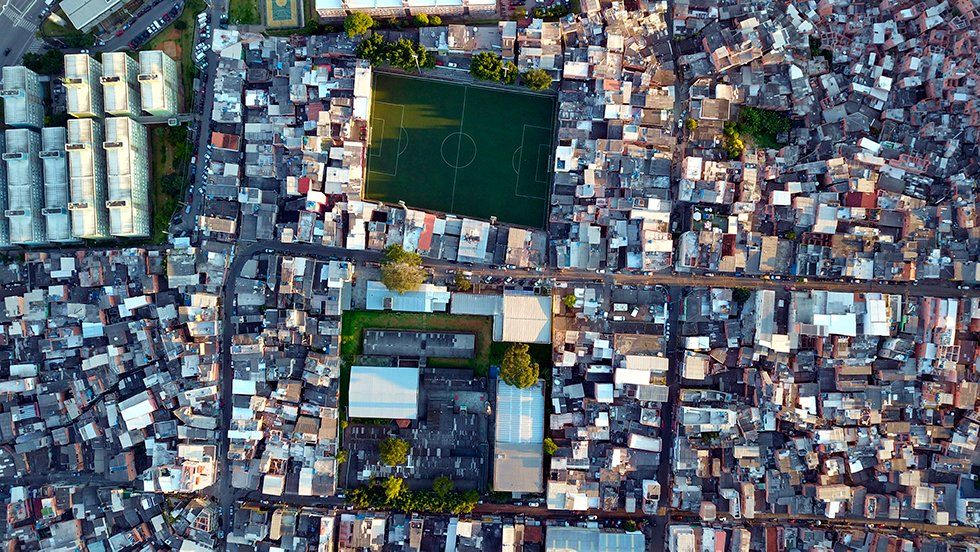
Brazil – a world champion
It’s fair to say that Brazil has had an impressive record on football’s world stage over the decades. It has the highest number of wins in the FIFA World Cup – five in total – and to date the best overall performance in the World Cup competition. But few people know that São Paulo was the place where the game was first introduced to Brazil, back in the late nineteenth century, at a time when the city’s population was still in the tens of thousands (rather than its current tens of millions). Back then, immigrants were starting to arrive as the city began to industrialise, including more than 100,000 Arabs from Syria and Lebanon. The city’s Arabic descendants will no doubt be tuning in with interest to watch the 2022 FIFA World Cup – the first to be hosted in a Middle Eastern country.
Charles Miller: The father of Brazilian football
So how did São Paulo introduce football to Brazil? Legend has it that the first football arrived in the 1890s in the hands of Brazilian Charles Miller, born in São Paulo to a Scottish father who had come to the city to work for the São Paulo Railway Company. After spending a few years in the UK, he brought back with him the ball that would kick-off the sport in what is now considered the “country of football”.
Floodplain football
During the first decades of the 20th century, football practice was still the reserve of the upper-classes. This continued until várzeas (floodplains) outside of São Paulo’s wealthiest areas were used to make the sport accessible to all. The floodplains were on the city’s outskirts – fields that would become pitches when the river levels went down, allowing working-class paulistanos to take part in the sport.
From the 1920s onwards, várzea pitches sprang up all around town, becoming a meeting point for immigrant and Afro-Brazilian communities, both to play sport and for social gatherings at the weekends. Every neighbourhood had two or three várzea pitches. Over the years, this amateur practice turned professional as teams and tournaments grew. Notable examples of clubs that started in this period include Corinthians, which now has the country’s second largest fan base, and was born as a várzea team on the banks of the Tamanduatei River and named after one of London’s amateur clubs.
Favela football
With the growth of the city, várzea pitches began to spring up further and further from the city centre and are still today a feature in most communities on the poorer periphery of Greater São Paulo. The favela pitches not only play an important part in the social lives of these neighbourhoods, but are also used for any major event involving the gathering of local residents, such as vaccination campaigns or the distribution of food baskets during the pandemic. The best known favela pitches include Arena da Palmeirinha in Paraisópolis and the Arena Heliópolis in São Paulo’s biggest favela, Heliópolis.
When it comes to sports, favela pitches are not just the preserve of football. They also have a transformative power on the lives of youngsters and the community as a whole, serving as a space for recreation and sports initiatives, teaching the community new skills and self confidence. Inner city football pitches in São Paulo are often the setting for transformational projects.
São Paulo’s modern stadia
Charles Miller, who introduced football to Brazil, became enshrined in Brazilian football history when his name was given to the São Paulo square on which the Pacaembu Stadium was built in the 1940s. It hosted the 1950 FIFA World Cup and was considered, at the time, the most modern of Latin America’s stadia.
Today, Pacaembu Stadium is home to one of Brazil’s most visited museums — the Museu do Futebol (Football Museum), which delights visitors of all ages with its immersion in “the beautiful game”.
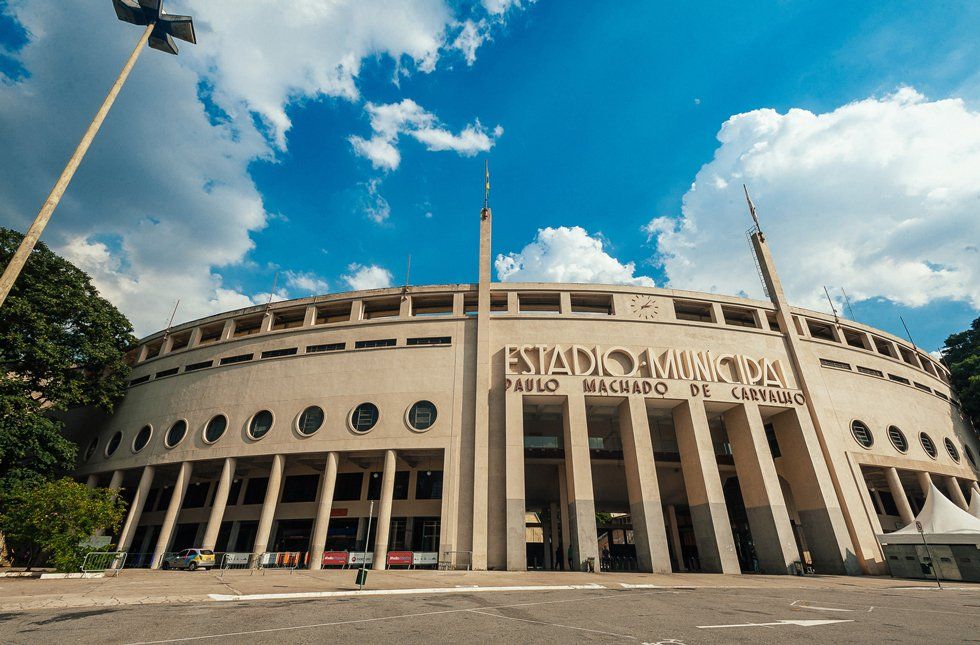
Pacaembu Stadium photo by Prefeitura de São Paulo
Pacaembu Stadium’s glory days as the host for Corinthians’ matches, World Cup games in 1950, not to mention most of the world’s rock stars from Paul McCartney to the Rolling Stones, are now fading, as bigger and better stadia are built. Corinthians now has a new stadium of its own, the Neo Química Arena (previously known as Arena Corinthians) in the east of São Paulo, which hosted the São Paulo matches during the 2014 FIFA World Cup in Brazil.
The other two main São Paulo clubs also have their own world-class venues: Palmeiras club’s Palestra Itália Stadium, which reopened in 2014 and was renamed Allianz Parque after an enormous renovation. The stadium now seats 45,000 spectators and is becoming a go-to-place in the city for music festivals and concerts.
Morumbi Stadium, home to São Paulo Club, was built in the early 1960s, a design by one of the city’s most renowned architects, João Batista Vilanova Artigas. It is the largest privately owned stadium in Brazil with a capacity of 66,795. Spectators fill the stands not just for epic matches, but to see some of the world’s pop stars, from Beyoncé and Madonna.
Have you got an idea for a shoot during the 2022 FIFA World Cup? Story Productions has experience
filming in São Paulo from its biggest stadiums to its favela pitches.
Get in touch for a quote.
Related Stories
- Live satellite transmission of Qatari football match
- Meet the Neymar of blind football, Ricardo Alves
- IMG films Deiveson Figueiredo in Brazil ahead of fight night
- Overcoming the challenges of filming in favelas
- Location spotlight: The Japanese influence in Brazil
- Location report: the spooky side of São Paulo
- On Location: The periphery of São Paulo in photos
- São Paulo: Brazil’s capital of diversity
Share this story:
Get the latest news straight into your inbox!
Contact Us
Read another story
